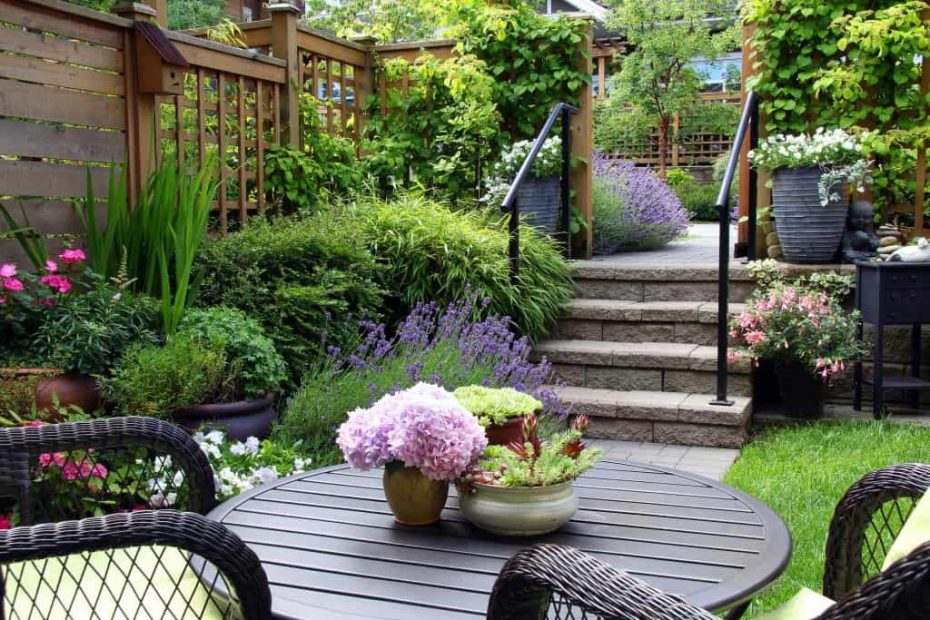If you’re just starting to plan your garden, it can often be overwhelming to think of the various factors that could be the difference between success and failure. It’s best to start with a small garden, where you have more control of outside environmental factors, than fretting over a large garden that requires more still and daily attention.
Starting Small
According to the Farmer’s Almanac, a suggested “beginner garden” is best at approximately 16′ x 10′, with each row being 10′ long and rows going in the North-South direction. You should be able to get 10-11 rows (depending on the plant size you choose) of vegetables. This size garden will provide a growing season’s worth of veggies for a family of 4, with just a little to spare for canning or sharing with friends and family. Finding a space that could then accommodate expansion to add new rows as needed would be optimal.
General Placement
Placing your garden is one of the most important factors in having a successful beginner garden. Factors such as sunlight/shade, soil conditions, and pest control have a great impact on how your garden performs.
Sunlight
The recommended beginner garden is a “sun happy” garden. While various plants grow well in shadier areas, the basic vegetables we’ll plant in this first garden need their sun. Finding a place with 6-8 hours of consistent sunlight will ensure that the plants you grow will get the nutrients they need from the sun.
Soil
While a topic too large to cover sufficiently in a beginner page, most soil can be made workable with a few tricks. It’s best to start by taking a soil sample to be analyzed. Often you can contact your local cooperative extension office to find out more about soil in your area, and/or getting a soil analysis free or fairly cheap.
If your soil isn’t good for gardening directly, you can explore options such as raised bed gardening where you build up the garden bed with good soil above the ground. While they can look a little strange, raised beds can often be placed on top of almost any ground (even concrete if done right).
Pest control
Keeping in mind things like shade from your home, barn, and other outbuildings, gardens closer to human interaction and in open spaces without cover/shelter tend to have less visits from wild animals. The ability to place fences, deer repellent devices, or even basic tricks like scarecrows and fake owls, can also drastically improve your garden’s safety against animals that also want your tasty veggies.
Other Vegetation
All plants in an area compete with each other for water and nutrients found in the garden soil. Plants also decompose and put unwanted minerals and other elements into the soil that can affect your garden. There are times where plants share a symbiotic relationship and thrive on each other’s waste products, but a basic vegetable garden does not have this relationship.
Water
Your garden needs the right amount of water, approximately 1″ per week. Placing your garden in or near an area that floods or otherwise doesn’t drain quickly enough could over water your plants, or even wash away seeds and soil before plants take root. Ensuring your garden is close enough to a water source to provide water during dry weeks is also an essential part of providing the optimal growing conditions for your garden, and will provide a better yield.
Basic Garden Veggies
You should be able to fit about 10-11 rows of veggies in your new beginner garden. How you lay it out is up to you, and you can obviously choose your own veggies, but a typical layout looks a lot like this:
Tomato – 5 plants in cages
Carrots – Approx. 30 plants
Cucumber – 5 plants
Leaf lettuce – Approx. 30 plants
Peppers (Red/Green) – 10 plants
Summer Squash – 4-5 plants
Green (Bush Snap) Beans – Approx. 20 plants
Spinach – 12-15 plants
Beets – Approx. 30 plants
Onion – Approx. 30 plants
Asparagus – 5-6 plants
